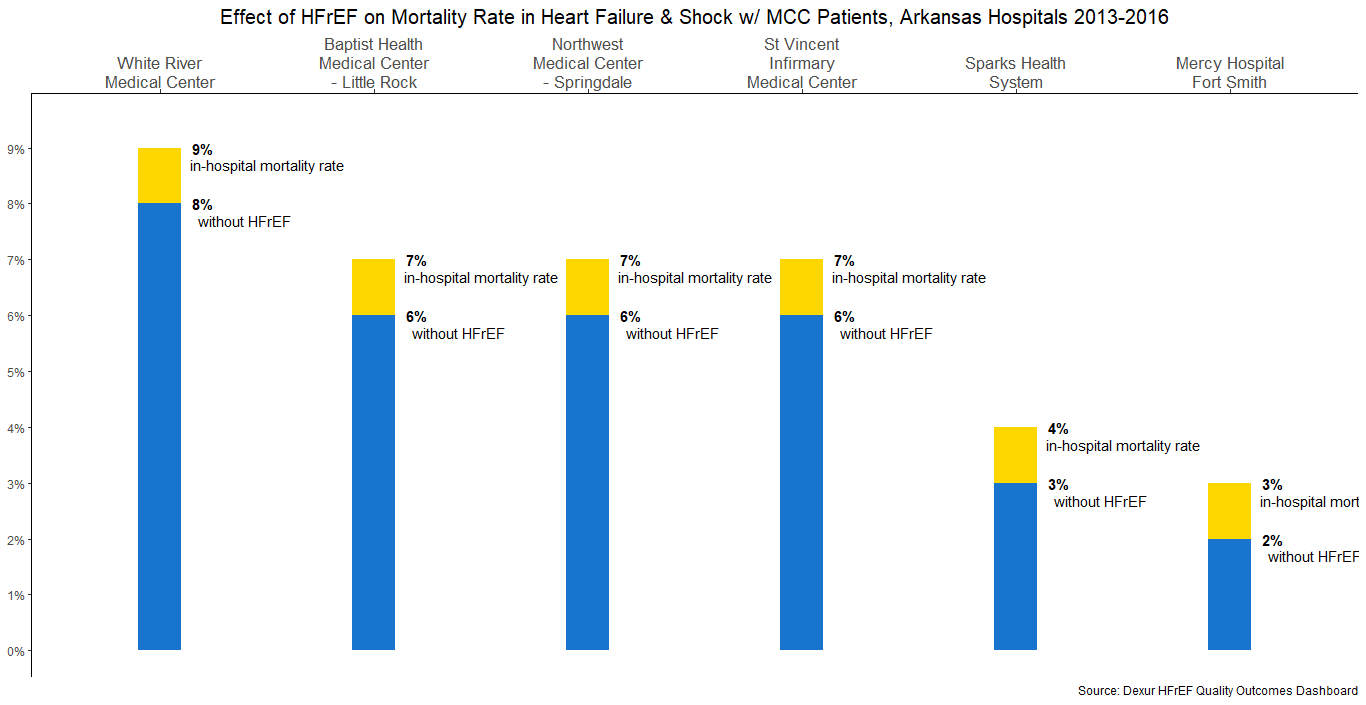Using Mortality to Assess Potential of Baroreflex Activation Therapy
In Heart Failure
Get Dexur’s Personalized Hospital Specific Presentation on Quality, Safety, Compliance & Education
By: James Pitt Aug. 10, 2018
Baroreflex activation therapy is an experimental treatment for heart failure with reduced ejection fraction. A device called the BAROSTIM NEO, developed by CVRx, is currently recruiting for clinical trial (NCT02627196), with final results on heart failure morbidity and mortality expected in 2021. Preliminary results as of August 2017 include reduced heart failure hospitalization and reduced blood pressure.
Baroreflex activation therapy uses an approach called autonomic modulation. Spinal and vagal nerve autonomic modulation have been studied; according to Zile et. al, “none of the three randomized trials examining these methods has resulted in reduced morbidity or mortality rates.” The preliminary results for baroreflex activation are encouraging, but will be incomplete until reduced morbidity or mortality rates can be shown.
Dexur evaluates hospitals to find where new treatment approaches might produce the greatest benefit. As an example, analysts examined the impact of heart failure with reduced ejection fraction on mortality at hospitals in Arkansas. The sample included CMS inpatient discharges for heart failure and shock with major complications/ comorbidities (DRG 291) at six hospitals.

The highest in-hospital mortality rate in DRG 291 patients was 9%, at White River Medical Center (Batesville, AR). The lowest in-hospital mortality rate in DRG 291 patients was 3%, at Mercy Hospital Fort Smith (Fort Smith, AR). HFrEF made up a larger proportion of DRG 291 deaths at hospitals with lower overall mortality rates. Therefore, hospital that are already performing well on in-hospital mortality may have the most to gain from novel approaches like baroreflex activation therapy.
DEXUR PRO MEMBERS GET ACCESS TO:
- Total DRG Discharges
- Total HFrEF Discharges at DRG
- Mortality Rates at DRG
- Mortality Rates without HFrEF at DRG
- Difference in Mortality Rates Total vs Without HFrEF
- Mortality Rates with HFrEF at DRG
- Difference in Mortality Rates with & without HFrEF
- State Difference in Mortality Rates with & without HFrEF
- National Difference in Mortality Rates with & without HFrEF
At the following hospitals:
- Northwest Medical Center - Springdale ( Springdale, AR)
- St Vincent Infirmary Medical Center ( Little Rock, AR)
- Sparks Health System ( Fort Smith, AR)
- White River Medical Center ( Batesville, AR)
- Mercy Hospital Fort Smith ( Fort Smith, AR)
- Baptist Health Medical Center - Little Rock ( Little Rock, AR)
ABOUT THE AUTHOR
